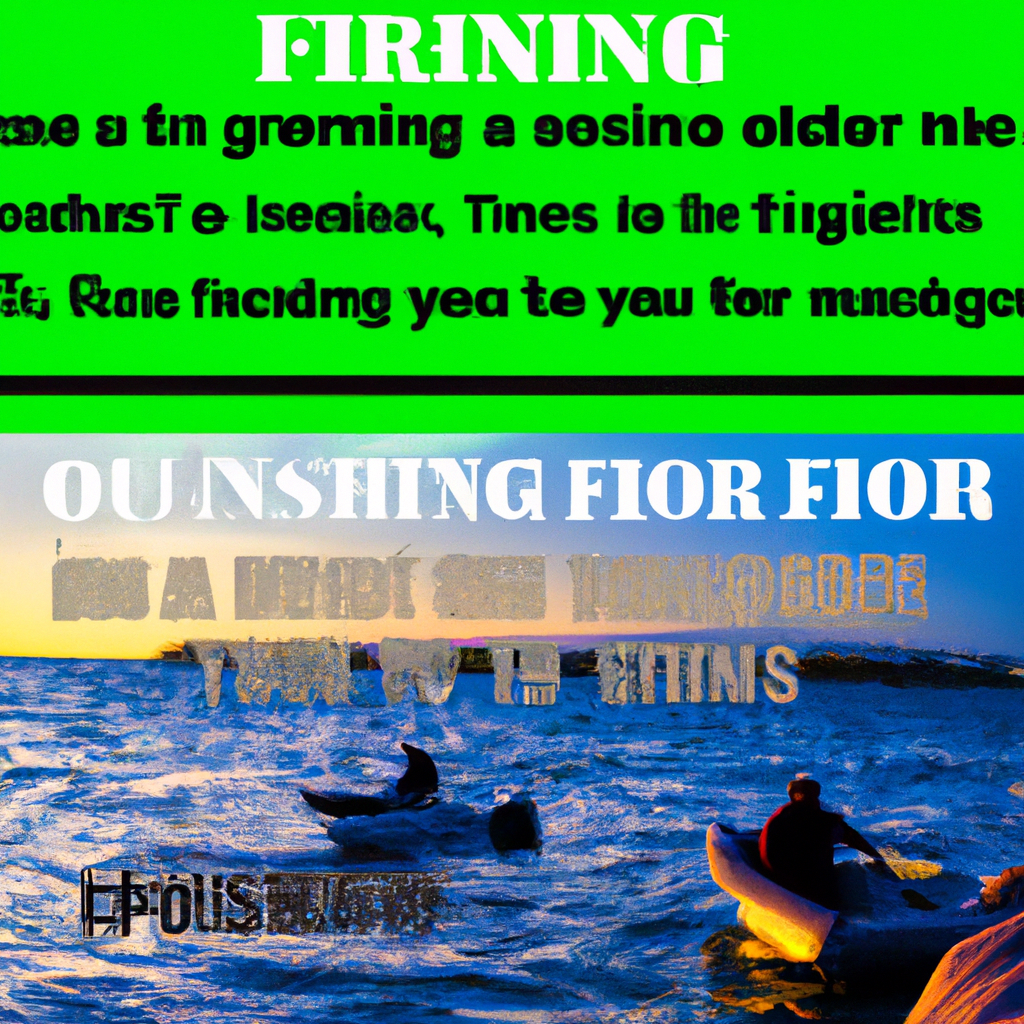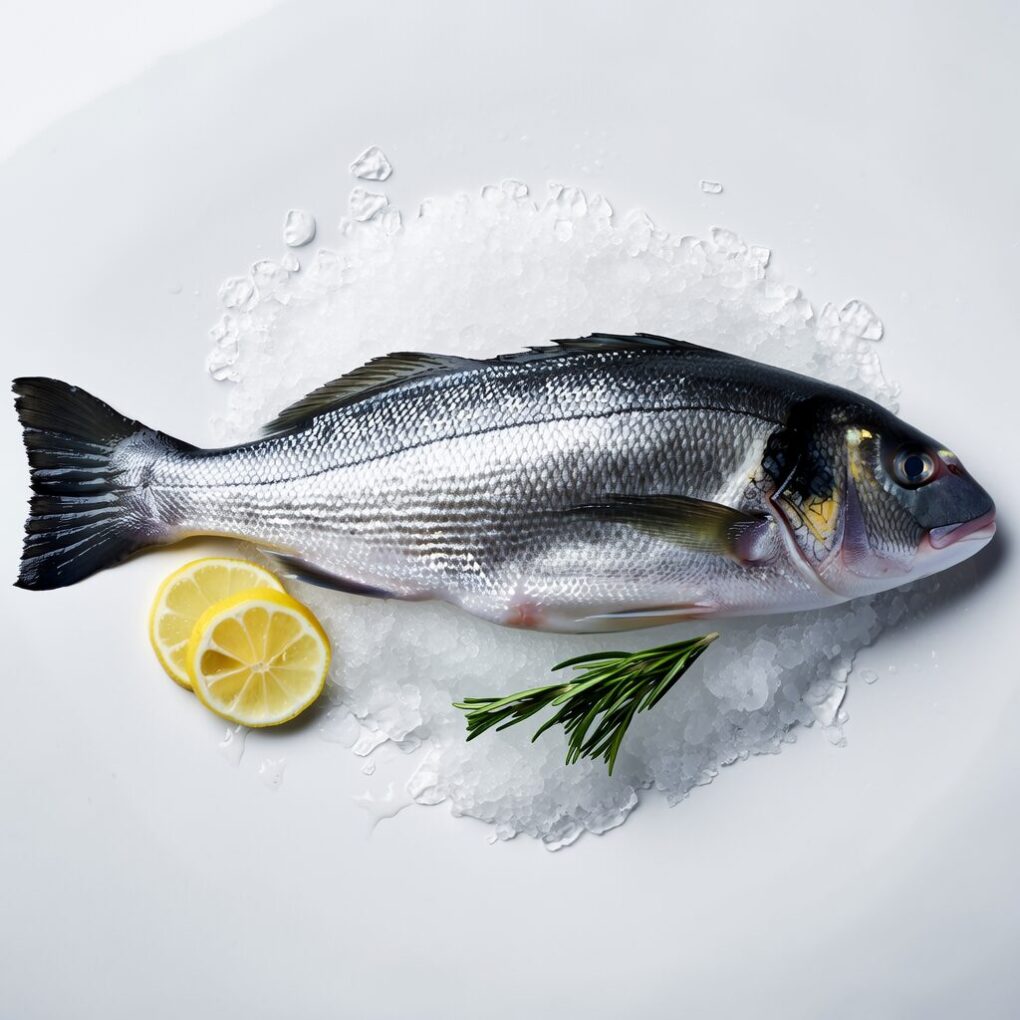Florida is a paradise for anglers, with a variety of fish species to discover and beautiful waterways. Before you cast your line it is important to understand the Florida fishing regulations. These rules were put in place to protect Florida’s valuable fish population and ensure sustainable fishing. This article will provide a detailed look at the rules you must follow to have a successful fishing trip in Florida.
Understanding Florida Fishing Regulations
Florida Fish and Wildlife Conservation Commission is responsible for setting the fishing regulations in Florida. The FWC is responsible for managing Florida’s fisheries and wildlife resources. This includes setting fishing seasons, bag and size limits. The FWC makes informed decisions based on scientific data and inputs from stakeholders. This balances conservation with recreational opportunities.
Fishing licenses and permits
Anyone over 16 years old who wants to fish saltwater or freshwater in Florida must have a fishing license. Licenses can be purchased online, in county tax collector offices, or at other retail outlets. The cost of a licence varies depending on what type of license you require and how long you wish to keep it.
Certain species require a fishing permit in addition to a license. If you want to fish snook you will need a permit that you can purchase from the FWC. Spiny lobster, stone crab, and tarpon are also species that require permits.
Bag Size Limits
Bag limit is one of the most important Florida fishing regulations. The bag limit is the maximum number of fish a person may keep of a certain species in a single day. Bag limits can vary depending on species and location. In most state waters, the bag limit on redfish is one per person per day. On the Gulf Coast, the bag limit for snook fish is one per person, per day. However, on the Atlantic coast it is one per person, per day, in some months, and closed in other months due to conservation reasons.
Size limits are also in place to protect young fish and give mature fish time to spawn. If a fish does not meet the size limit it must be returned to the water without harm. Size limits can vary depending on the species and location. Check the regulations before heading out.
Seasons and closures
The Florida regulations on fishing also include the fishing season and the closures. These are in place to protect the fish population during critical times of their life cycle such as spawning and migration. Closures may be temporary or permanent, and can be applied to specific species or entire water areas.
The FWC may adjust the dates of the red snapper season in the Gulf of Mexico based on the size of fish populations. The Florida Spiny Lobster season runs from August 6th until March 31st. However, there are certain dates when lobstering will be prohibited to protect the breeding stocks.
Gear Restrictions
Florida fishing regulations also include gear restrictions. In some areas, certain types of fishing gear such as gillnets and spears are prohibited. Some types of gear such as hook sizes or shapes may be restricted in order to protect certain species, or ensure humane catch-and-release.
The following is a list of the most effective ways to reduce your risk.
Florida’s fishing laws are enforced by the FWC and other law-enforcement agencies. If you are found to be violating the rules, you could face fines, court appearances and even jail time.
Citizens are encouraged to report violations that they see, in addition to the FWC’s enforcement efforts. The FWC offers a hotline to report violations of fish and wildlife laws, as well as a mobile application and an online form.
Conclusion
Florida’s fishing laws are in place to protect Florida’s valuable fish population and ensure sustainable fishing. It’s important for you to be aware of these regulations as an angler and to follow them in order to avoid fines and protect fish populations. Understanding the rules and regulations will help you preserve Florida’s fishing legacy for future generations.




